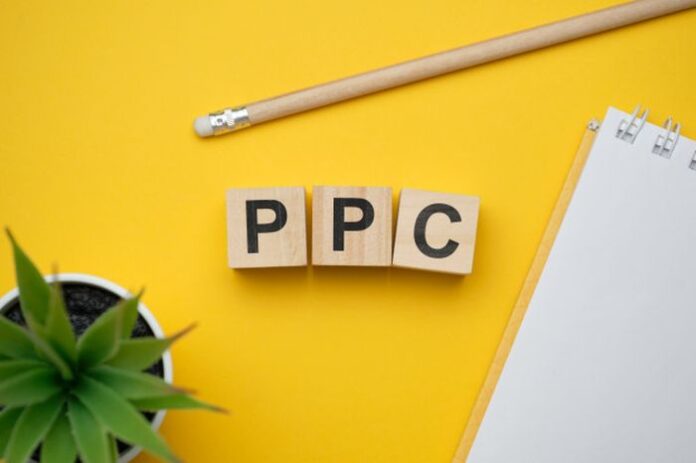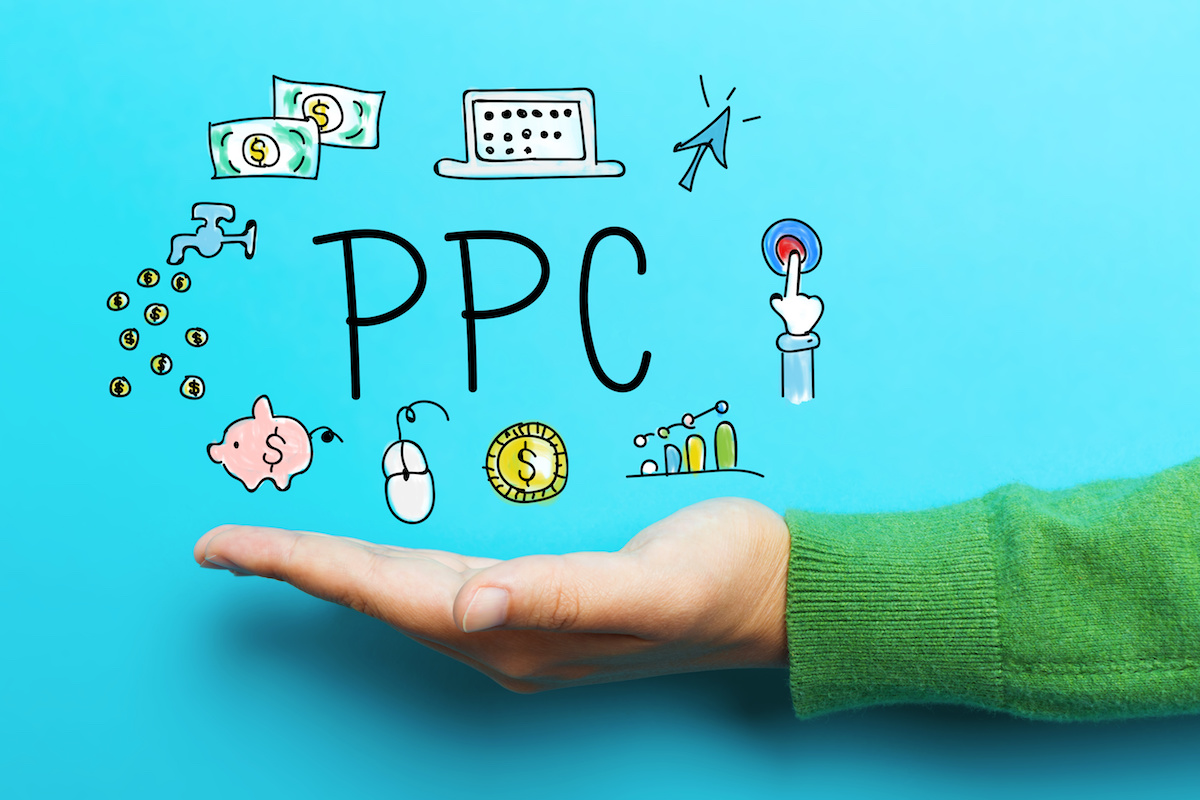
Amazon Pay-Per-Click is a powerful marketing tool that can help sellers increase their sales. When you are equipped with proper knowledge and tools, building an effective PPC campaign can be quite straightforward. In this guide, we will highlight all the essential details you should know about Amazon PPC campaign:
What is Amazon PPC, and How Does it Work?
Amazon PPC, also known as Sponsored Products, is an excellent tool that assists sellers in boosting the sales of their product. PPC advertising is a method in which advertisers pay for an advertisement in which the potentials buyers click and view the product. These ads are ideal for sellers to obtain the top position in the Amazon SERPs. Considering that sellers only pay when the buyers click on the announcement, the phenomenon is called Amazon Pay Per Click.
If you’re new to selling on Amazon, read this comprehensive step by step guide to start building a successful Amazon FBA business.
Every month, Amazon gets millions of searches for both short term as well as long term phrases. These searches are conducted by people willing to make the purchase. Sellers have to understand that these people are not on Amazon to window shop; instead, they are here to discover ideas. When they search for the product they want, Amazon, in return, provides them with a list of relevant products that will cater to the customers’ needs. That is also known as organic results.
If you have integrated a PPC campaign, then your product will be found under the paid search results. These results are displayed above the organic results, regardless of what the shoppers have searched. Besides being placed above the organic results, paid results are also positioned between organic search results and the bottom of the page. If you’re still trying to learn more about how your campaign can rank higher, AmazonSEOConsultant.com can help to optimize or boost it.
Types of Amazon PPC Ads

Following are the types of PPC Ads on Amazon:
-
Sponsored Product Ads
With Sponsored Product Ads, a business can advertise its products based on the keywords. These types of ads perform exceptionally well when it comes to getting more click-through rates and sales conversions. They are placed below the organic search results, somewhere on the right side of the search results or on the product detail page. To build this Amazon PPC strategy, sellers must invest in extensive keyword research.
-
Product Display Ads
These types of ads are also placed on the product page. Product display ads act as a self-service option, which is accompanied by ASINs, thereby providing increased opportunities to focus on the behavioral aspects. There is a unique screen placement section, conversion rate, click-through rates, and budget for each ad. With this, sellers can target the product’s detail page, related interests, complimentary listing, and related categories.
-
Headline Search Ads
Similar to Amazon Sponsored Ads, Headline Search Ads are also limited to specific product categories. These are the ads that appear on top of the search results along with the brand logo. These types of ads are also referred to as Banner Ads. They are positioned on top of the search results to optimize the visibility of the product. Sellers can display multiple products and customize the destination you want to promote. Sellers can also choose from product pages, brand pages, custom URLs, search result pages, etc.
What Sellers Need to Start a PPC Campaign?

To build an Amazon PPC campaign, a seller must fulfill the following criteria:
- The advertiser must have a seller account on Amazon
- The sellers have to meet the Buy Box eligibility criteria, such as having a seller account, stock availability, show positive metrics, etc.
- The seller should have an Amazon Brand Registry to secure the intellectual properties as well as provide better customer experience.
Reasons Amazon Sellers Should Leverage Amazon PPC
Following are some of the prominent reasons why you should invest in an Amazon PPC campaign:
-
To Increase your Sales Potentials
Generating more sales is the ultimate objective of every Amazon seller. And building a PPC campaign is among the most effective ways to drive in more sales.
-
To Generate Higher Brand Awareness
Products that have higher traffic appear on top of the Amazon SERP. However, new products find it challenging to create that kind of visibility. Running a PPC campaign allows sellers to generate a higher profile for their new launches products and increase the sales potentials.

-
To Boost Organic Rankings of Competitive Keywords
If you have the keywords that are highly competitive to rank higher in the organic search, then running a PPC on such keywords can help generate better visibility. By positioning those keywords on the first page, you can not only drive more sales, but you can also improve the overall ranking of the product for that specific keyword.
-
To Get the Competitive Edge
Even when your product is ranking high on the organic searches and generating sales, your competitors can outrun you by running PPC campaigns on their products. Sellers run PPC campaigns to increase and retain their top position on Amazon’s organic search results.
How to Run an Automatic Targeting Amazon PPC Campaign?
To run an automatic targeting Amazon PCC campaign, you should start by entering your campaign name, start date, and budget. Subsequently, based on your listing, Amazon suggests keywords and match types to bid. Then, it will run the entire campaign on your behalf within the budget limit you have set.
How to Run a Manual Targeted Amazon Campaign?

In the manual targeted Amazon, the campaign enables you to add a keyword of your choice. You can either use keyword research tools like Keyword Scout to get relevant keywords or take help from Amazon PPC automation tools like SellerMotor’s SmartPPC.
Final Words
When done correctly, Amazon PPC can help sellers gain higher brand visibility and generate improved sales opportunities. Regardless of what type of PPC campaign a seller chooses, it is essential to wait at least for a week to derive results. After a week has passed, check the conversion report, assess the news, and make necessary adjustments to improve the results.
















